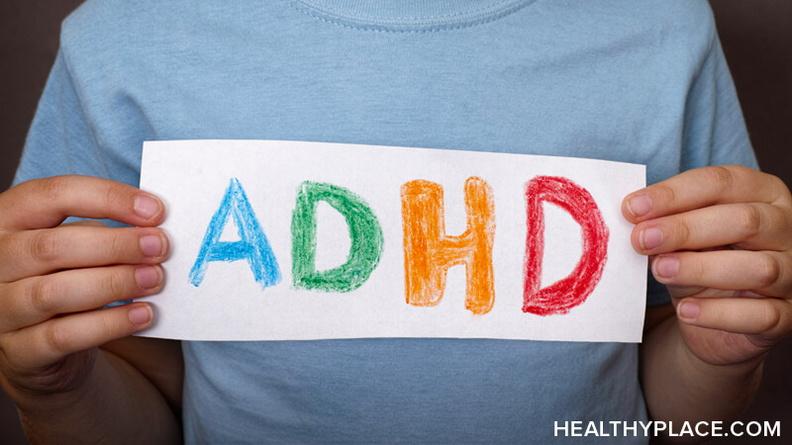Flemming Funch on the 'New Civilization'
interview with Flemming Funch
Flemming Funch is the founder of the New Civilization Network and the "World Transformation website." He's a man with many missions - he's a counselor, a writer, a programmer, and a visionary. He likes thinking about big things and sometimes manages to make them seem simple. He lives in Los Angeles with his wife and two children.
Tammie: "Have you always been an "idealist and incurable optimist," and what experiences in your life have most helped to shape your positive attitude?
Flemming: Actually, I've gone through a number of transformative experiences along the way. As a young kid, I was very shy and withdrawn, but was very imaginative and was writing science fiction stories and thinking about how the world might work. Then when education started teaching me to not going around imagining silly stuff, I became a shy and serious teenager. Certainly, nothing like an optimist. Rather, somebody who didn't believe in anything, and who didn't have any hope that he might leave much of an impression of the world.
I started waking up around the age of 18 or so. I started pursuing personal growth and studying metaphysics. I had several mystical experiences that pretty much changed me overnight. Like, I had the sudden realization that it was much less painful to face my fears, rather than hide from them. After that, I started to methodically pursue subjects I otherwise was afraid of, like public speaking, acting and other people-related activities. And I found that my calling very much was in dealing with people, rather than in hiding from them. I can't quite pinpoint when my pervasive positive attitude appeared. There's the intellectual realization along the way that things simply work better that way, but that doesn't quite explain it.
Tammie: You've been asked to describe the New Civilization Foundation many times before, but would you briefly describe it again and also, what needs of your own led to it's creation?
continue story below
Flemming: The New Civilization Network and the New Civilization Foundation, for me personally, grew out of my realization that I needed to expand my activities to work with groups. At the time, I was successful as a counselor, getting great results working with individuals on their personal growth issues, and having written up my techniques in a couple of books. It seemed like the next challenge would be to facilitate growth and transformation for groups and for society at large.
In the early 80s, I embraced the vision that it was possible to do something to make a whole planet work better, and that it has something to do with including all that is needed to make a world work: education, energy, food production, economy, social interaction, etc., and I really got that it was necessary to weave in all the vast diversity of human preferences and experiences. It was in the back of my mind for years that I wanted to do something with that.
The New Civilization Network is essentially a space for this kind of activity. It is a very open, very tolerant place, open to anybody who is working on anything constructive that might be part of the puzzle. It is particularly open to alternative, locally empowering, innovative, collaborative, holistic kinds of pursuits.
Tammie: You describe personal change as a journey of discovery, can you tell us a little about your own unique journey?
Flemming: As I mentioned above, my own life has changed quite dramatically along the way. An assortment of spiritual awakenings along the way have turned me quite upside down. From being a completely intellectual and materialistic person, I became somebody who orients myself mostly by what I feel and what I perceive that goes beyond the physical. From being an arrogant status-seeking know-it-all, I became much more humble, much more appreciative of the vast mysteries of the universe that I don't have much of a clue about. I began to become conformable with moving through a mysterious universe into an uncertain future. I also started doing it with greater confidence, though, and greater conviction that it all is going to work out very well.
Tammie: Do you believe that pain can be a teacher and if so, what are some of the lessons your own pain has taught you?
Flemming: I often try to pretend that I'm motivated only by positive stuff and nice possibilities. However, I must admit that it is more often the unpleasant and painful experiences I learn the most from, and it is often painful necessities that drive me to change and act. I have learned to appreciate that more. I've learned that pain, uncomfortableness and fear often hide the biggest gifts. I mean, if there's some area of life you're avoiding, there's something new to learn right there.
Tammie: You've maintained that each of us are creators of our world. Would you elaborate on that?
Flemming: You're in the center of your own life. Your actions shape what is going on around you. The way you experience things shapes the picture you have the world and how you respond to it. It is all connected. The beauty is that it doesn't matter if we look at it in terms of the physiology of brains or we look at it metaphysically. The filters of our perceptions ensure that we all experience a somewhat different world, and we act based on our perceptions, and our interpretation of those perceptions, not based on how the world really is. And it is all something that can change, something we can master. Anything is possible. How we think and feel and act will shape the world. What we expect and what we project around us is generally speaking what we get. The tricky part is that it also includes all our subconscious stuff. We will often create the stuff we fear. We need to become more conscious of all parts of ourselves so we can be more in alignment with ourselves.
Tammie: What's a holon?
Flemming: It's a word coined by Arthur Koestler. Essentially, it is something that can be regarded as either a whole or as a part of a whole, depending on what perspective we take. Like, a body consists of organs that consists of cells that consists of molecules, etc. Each one would be a holon, and the structure they form is a "holoarchy". We could study a cell as a whole, or as a part of something bigger. This kind of stuff is part of the study of whole systems - understanding more about how life and the universe works, without having to cut it all into separate little pieces.
Tammie: What would your definition of wholeness be?
Flemming: Embracing all parts and aspects of what is. Not having to sweep anything under the carpet. Wholeness is beyond polarities. As long as we have to exclude anything, we're not talking wholeness. There's a simplicity and peace that comes from discovering wholeness. Wholeness is the natural state of things. Stuff only gets complicated and confusing and conflicted when we humans deny the natural wholeness.
Tammie: If your life is your message, then what message do you see your life being?
Flemming: Well, I'm not quite sure yet. I'm still living it, so it is hard to step back and analyze it in the middle. It might very well be something quite different from what I thought it was, once everything is said and done. At this point, though, I'd like to think that my message is one of embracing all perspectives, of honoring the diversity of life, of finding freedom in individual creativity, and comfort in the inter-connectedness of all things."
APA Reference
Staff, H.
(2008, December 8). Flemming Funch on the 'New Civilization', HealthyPlace. Retrieved
on 2025, October 22 from https://www.healthyplace.com/alternative-mental-health/sageplace/flemming-funch-on-the-qnew-civilizationq
 Shame, guilt, anger, denial over a suicide attempt prevent many families from getting the help they need to navigate the crisis.
Shame, guilt, anger, denial over a suicide attempt prevent many families from getting the help they need to navigate the crisis.




 "Women who attempt to achieve academically, and probably professionally, are more likely than other women to develop the syndrome," Silverstein reports. His research shows it is a disorder that is most likely to hit during periods of changing gender roles, such as the 1920s and now.
"Women who attempt to achieve academically, and probably professionally, are more likely than other women to develop the syndrome," Silverstein reports. His research shows it is a disorder that is most likely to hit during periods of changing gender roles, such as the 1920s and now.